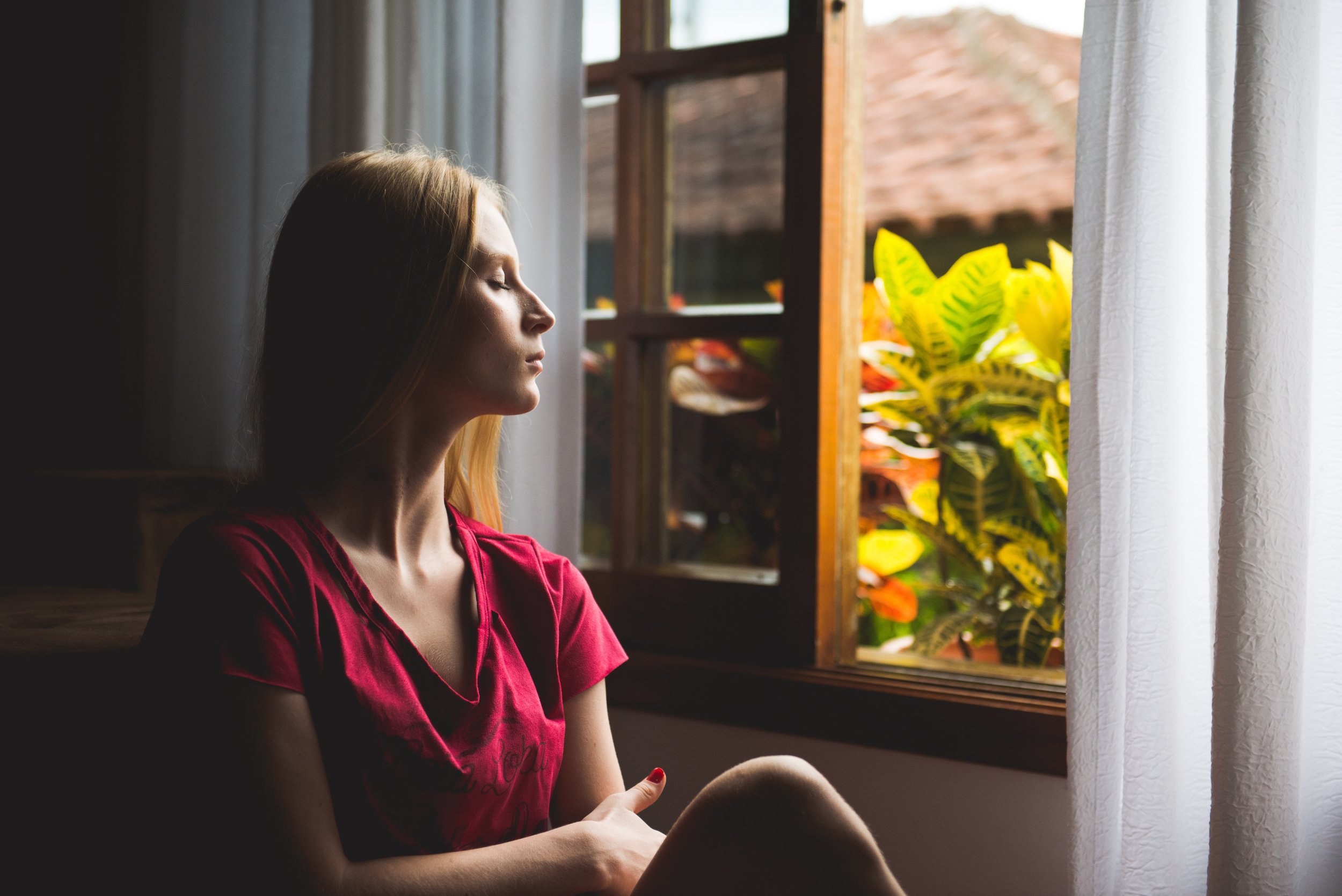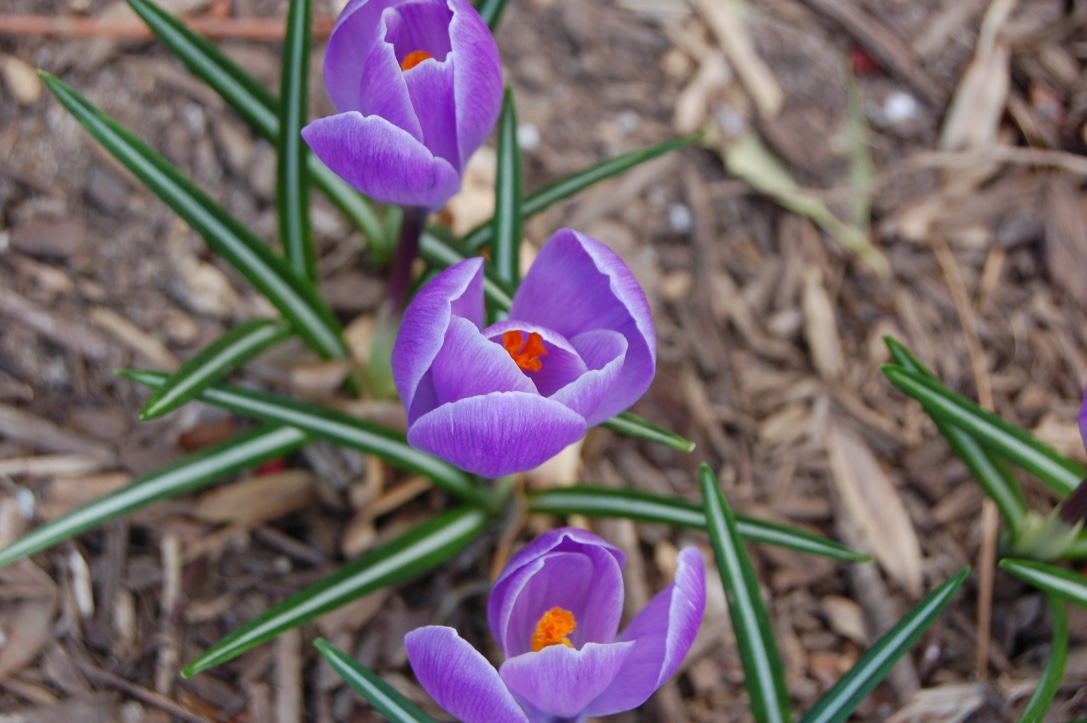If you’ve listened to the Woman Worriers podcast, or read some of my blogs, you know that I credit my mindfulness and meditation practice for helping me manage my anxiety, stress and feelings of overwhelm.
Before I started meditating, I was sure I’d never be able to clear my mind of worry and thoughts. Although I’d heard others talk about the benefits of meditation, I was skeptical that it would do anything for me.
I wasn’t sure I could sit quietly for very long. And then to try to clear my mind of any thoughts or worries? Forget it! But I’ve learned there’s so much more to a mindful meditation practice.
What meditation is and isn’t
Meditation and mindfulness are not a magic pills that take the anxiety away; rather they’re practices that help you become more aware of your anxious feelings. Meditation and mindfulness can help you get to know your inner self—your more genuine self—with more clarity, and they can bring more ease into your daily life.
As I read more and listened to mindfulness and meditation teachers’ presentations, I got curious. A therapist I was seeing at the time loaned me the book Wherever You Go, There You Are by John Kabat-Zinn, and I was intrigued. I began exploring other resources and talking to more people about how I could get started.
Listening and learning about mindfulness
My regular practice began when I purchased Self-compassion Step by Step by Kristen Neff and Meditation and Psychotherapy by Tara Brach, from Sounds True. These CDs of educational talks include meditations that you can follow along with during the teachings.
With those purchases I also received a free CD of guided meditations. It was a sample of seven or eight meditations with different teachers. I copied the CD into my iTunes and used it regularly.
By listening to the CDs, I learned that mindful meditation isn’t about clearing your mind of worries and thoughts, it’s about being aware of where your mind goes—all the time. It’s normal for our mind to wander, and we can learn how to bring our attention and focus back to an anchor, like our breath or sounds or a mantra. I like to think of it this way: Each time I bring my mind back from wherever it went, I’m teaching my brain what it feels like to live in the present moment, instead of being stuck in the worry and stress.
The courses I purchased through Sounds True taught me how to use meditation in sessions with clients because they taught me how tolerate my own difficult feelings by using self-compassion practices. I can say wholeheartedly that the work of Tara Brach and Kristen Neff have impacted my client’s lives just as their teachings have changed my relationship with myself in very meaningful ways.
Continuing the meditation journey
At the beginning of my journey with mindfulness, I moved in and out of meditation, sometimes practicing regularly, and at other times not practicing at all. When you’re learning on your own, without a group, it can be hard. It’s so easy to get caught up in something else.
Although I don’t use the free meditations that I got from Sounds True anymore, I do practice regularly. And I notice it when I don’t. I feel as if something is missing, and y body yearns to get back to the practice. I’ve taken some amazing courses, joined meditation groups, interviewed meditation teachers and bought lots of books to help me sustain the work.
I was honored to talk with Tami Simon, the founder of Sounds True, on the Woman Worriers podcast. We explored what inspired her to create the platform, how her journey has helped her to find a sense of belonging in the world and the universe, and how she sees the company moving forward.
I respect and value the resources that Sounds True offers and decided recently to team up with them, so the Woman Worriers podcast is now an affiliate partner. If you use my link, a portion of the proceeds from anything you purchase will go to fund the podcast.
I love podcasting and it takes time, energy and money to continue to do it well, and to offer you a meaningful experience, with good sound and careful editing. With support from other resources, like Sounds True and Audible, I can continue to do the work I love and share it with the world!
Here’s the link to use to check out what Sounds True has to offer and to support the Woman Worriers podcast: https://www.soundstrue.com/store/#ecush
I want to Find Similar Articles and podcast episodes
Elizabeth Cush, LCPC is a therapist, blogger, creator and host of the Woman Worriers podcast, and the owner of Progression Counseling in Annapolis, Md and she’s been featured in these major publications. Elizabeth helps busy, overwhelmed men and women manage their anxiety and stress so they can live their lives with more ease, contentment and purpose. If you'd like to know more about how individual, online and group therapy can help ease anxiety contact me!



















